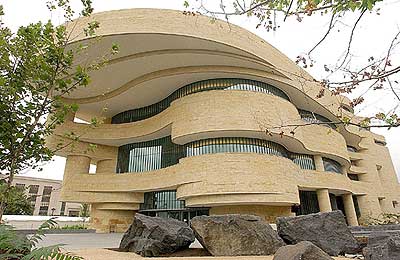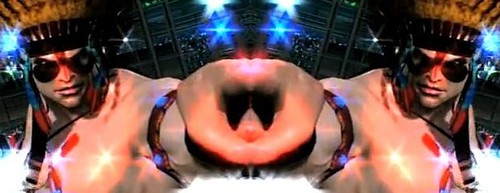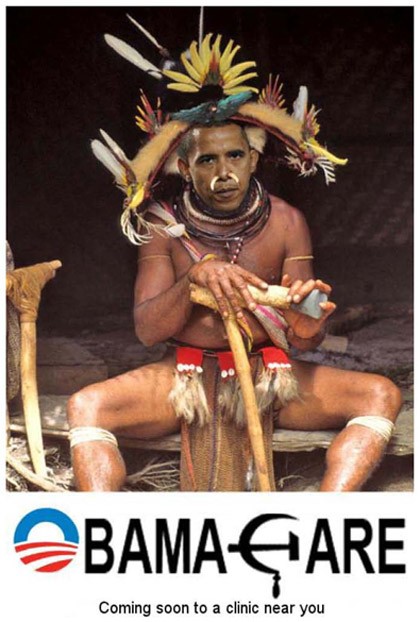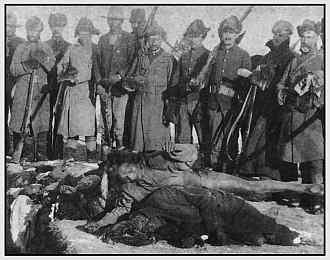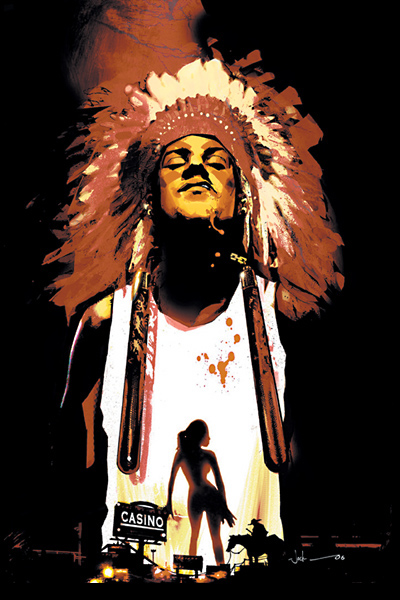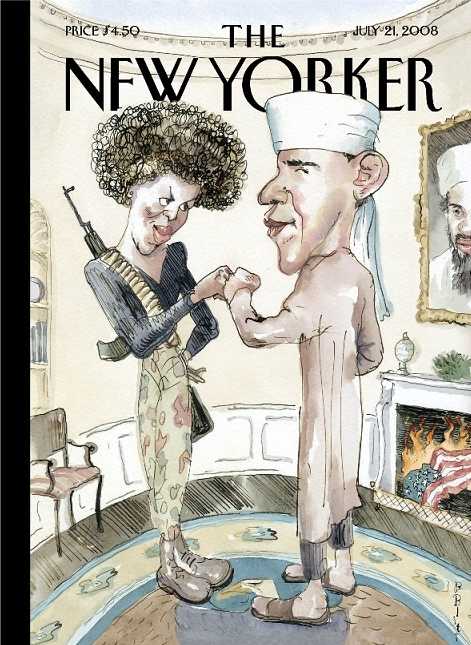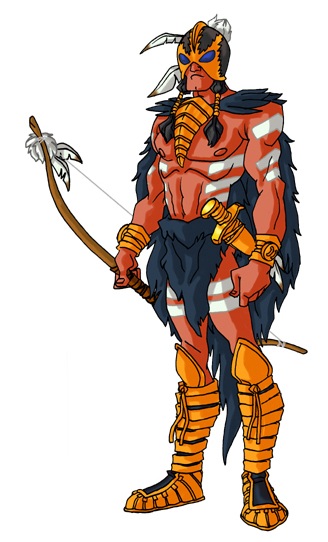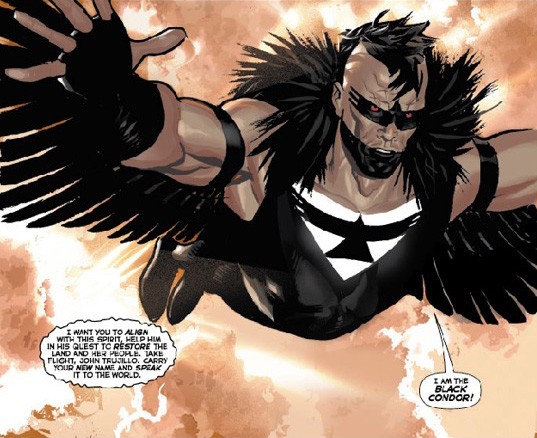To Each His Own Museum, as Identity Goes on DisplayBy Edward RothsteinMe! Me! Me! That is the cry, now often heard, as history is retold. Tell my story, in my way! Give me the attention I deserve! Haven’t you neglected me, blinded by your own perspectives? Now let history be told not by the victors but by people over whom it has trampled.
And why, after all, should it be any different? Isn’t that the cry made by most of us? We want to be acknowledged, given credit for our unique experiences. We want to tell our stories. We want to convert you from your own narrow views to our more capacious perspective.
I am exaggerating slightly—but only slightly. In recent years, I have been chronicling the evolution of the “identity museum” or “identity exhibition,” designed to affirm a particular group’s claims, outline its accomplishments, boost its pride and proclaim, “We must tell our own story!”
These cries have been made with varying degrees of urgency and justice. But in the last few weeks, with the opening of a highly tendentious exhibition about Muslim science at the New York Hall of Science in Queens and the unveiling of a highly ineffectual mishmash at the President’s House in Philadelphia, the identity exhibition has reached new lows.
In both cases, there is an accusation of injustice and an attempt to revise history. In the science show, the charge is muted and persistent, but the case is made only by distorting history and facts. At the Philadelphia site, many of the claims are fierce—and some just—but they too end up distorting history by demanding the sacrifice of other perspectives.
Of course, every recounting of past events has exaggerations and limitations. Even the great imperial museums of Vienna, London and Paris make an argument: they are meant to reflect the power and grandeur of their creators. Such museums are monuments, temples mythically recounting an empire’s origins, displaying its accomplishments, affirming its power and its encyclopedic grasp.
The placement of totem poles in classic museums of natural history, for example, is a consequence of 19th-century convictions, also imperial, that they were created by peoples who were closer to the natural world—part of natural history rather than the history of civilization.
To a certain extent, the identity museum is a polemical response to such museums. And revenge can be extreme. The National Museum of the American Indian in Washington—a pioneering example of the genre—jettisons Western scholarship and tells its own story, leading one tribe to solemnly describe its earliest historical milestone: “Birds teach people to call for rain.”
Through a gauze of romance, that museum portrays an impossibly peace-loving, harmonious, homogeneous, pastoral world that preceded the invasion of white people—a vision with far less detail and insight than the old natural history museums once provided.
Sometimes, though, the identity impulse is illuminating, as in the Nordic Heritage Museum in Seattle, which gives a Scandinavian angle to the settling of the Pacific Northwest. Sometimes it involves an unusual twist: the new National Museum of American Jewish History in Philadelphia shapes an identity that emphasizes not its distinctions from the American mainstream, but its connections to it: identity is characterized as assimilative.Comment: Rothstein continues the crusade against Indians noted in
NY Times vs. NAGPRA. He joins conservative critic Marc Fisher (
Museum as Ethnic Advertising) in denouncing ethnic museums.
There are several problems with this article. For starters, every museum has a social, cultural, or political point of view. Every single one. Even the Western or American ones we consider neutral collections of objects. Perhaps them especially.
An Impressionism museum? Impressionist paintings are good and important compared to other kinds of art. A car museum? Automotive technology is a good and important part of progress.
Even a rock museum. The message there is that geological processes created rocks, not God in a flash of creationism. I don't believe God did that, but the museum ignores that possibility. It makes choices about what to present and not to present. Science good, religion bad.
Rothstein thinks ethnic history museums have a political agenda but mainstream history museums don't. Wrong. The mainstream museums promote the white Christian vision of America as God's gift to the world. As a
shining city on a hill for others to emulate and follow.
Rothstein says as much in his final paragraph, where he touts the Western enlightenment
with its more universalist claims and its recognition of slavery’s evils, and to a Golden Age that may still be going on. The Enlightenment had its limitations, of course. But it also shaped the great museums of the West. And many identity museums have yet to absorb that more transcendent vision.Yeah, except a lot of enlightenment came from Indians and other indigenous people, who taught Europe's monarchies and theocracies about freedom and natural rights. For more on that subject, see
Indians Gave Us Enlightenment.
What's the alternative?I wonder what Rothstein's idea of a good museum is. A museum that celebrates assimilation, unity, and the American Dream, I guess. That promotes the favored "one culture, one people" meme of conservatives.
He basically says that too, noting one museum that "shapes an identity that emphasizes not its distinctions from the American mainstream, but its connections to it: identity is characterized as assimilative." Short version: Assimilation into the white Christian mainstream is good. Separation and distinction a la Indian cultures is bad.
As readers know, I tend to agree with his
criticism of the NMAI. I've said similar things myself in postings such as these:
NMAI = greatest story never toldNMAI will tell "difficult" storiesNMAI not "comfortable" with negativity?But that's a function of how the NMAI's directors and curators chose to proceed. It is
not a function of ethnic museums in general. An ethnic museum can be every bit as rigorous and scholarly as a mainstream museum, and I'm sure many are.
I'm also sure that many mainstream museums aren't much more than uncritical "advertising" for their subjects. Go to your local fashion or sports or business museum and I doubt you'll find a lot of negativity there. Even mainstream art museums get accused of promoting "safe" academic views or their donors' favorite items. Has Rothstein denounced them as examples of "tribal" thinking?
Who's the audience?Finally, Rothstein's whole attitude is insulting to minorities. Does he really think they're the only ones who want to hear about themselves? That the white Christian mainstream has no reason to be interested in them?
Any museum requires advocates and donors from all walks of life. People who support ethnic museums are predominantly white because America is predominantly white. Museum supporters like me are shouting "Them, them!" not "Me, me!" I wonder how Rothstein explains that.
And I'm confident the attendance figures support my position. If only blacks went to black museums and Jews went to Jewish museums, I'm sure they'd fail. That they succeed is because, again, people from all walks of life support them.
Ethnic museums are about exploring ethnic cultures, not pandering to them. These cultures don't have to "assimilate" to be worthy of note. A museum in China doesn't promote the idea that Chinese Americans should assimilate into America, yet its view of Chinese culture is perfectly valid. It's not "pandering" if it presents the message that China has a long and varied history.
If you transplanted this museum to America and said nothing about Chinese "connections" to American culture, it still would be perfectly valid. It would promote a separate and distinct culture from the Western standard, yet one that has lasted longer than "our" civilization. Something that "alien" to American audiences would be hugely educational, teaching them that they
aren't the center of the universe. Despite what Rothstein clearly thinks.
Same with the NMAI and other ethnic museums. Sure, it would be nice if they all strove for a rigorous and scholarly approach, but that isn't always necessary or even desirable. If you go to a Coca-Cola museum, for instance, you probably won't learn how the sugared drink contributes to bad health. Some patrons may want that kind of hard-hitting criticism, but many won't.
For more informationFor a related museum protest, see
German Canadians Protest Holocaust Exhibits. For more on ethnic museums in general, see
Paradigm Shift at Museums. For more on the cultural war Rothstein is obviously trying to fight, see:
Culture war over who's AmericanThe value of indigenous knowledgeArizona laws = clash of civilizationsMainstream history = pro-white propagandaWhy Indian societies were happierPlus these classic postings:
Multicultural origins of civilizationThe myth of Western superiorityThis Ain't No Party, This Ain't No Disco: A Columbus Day Rant